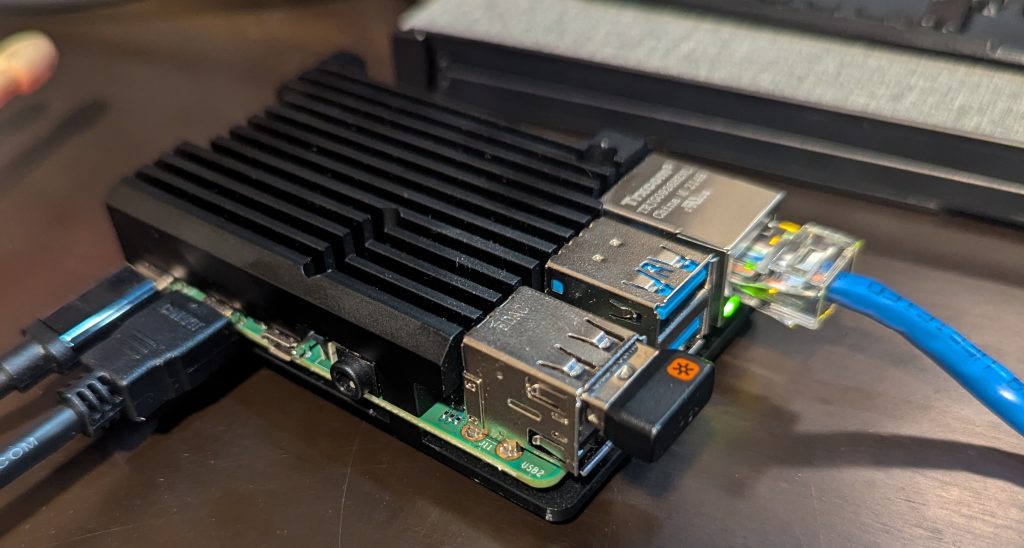
After moving my home server to fedora-bootc, and gitting a really nice git workflow in place, I remembered that I have this Raspberry Pi 4 sitting around collecting dust. This was a really nice system that I bought to run Octopi to manage my two Prusa Mini printers. Now that I’ve upgraded to the MK4, I don’t feel the need to use Octoprint any more. …but having a useful aarch container host on the network *is* appealing to me especially since I do a decent amount of container work on my M3 Mac using Podman Desktop. Fortunately, it’s pretty simple to get fedora-bootc working great on the Pi4. So grab your RPi, blow the dust off, and get ready to get some value out of it.
Continue reading “Bootable containers on the Raspberry Pi 4”
